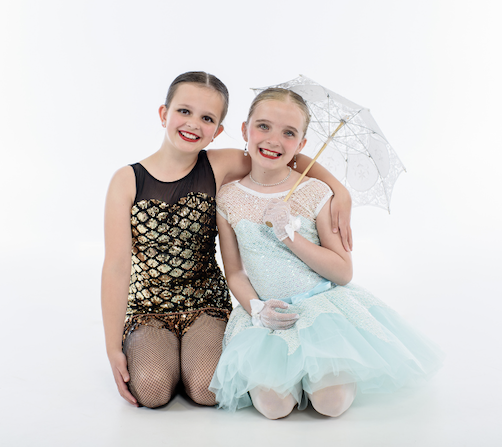We’re all familiar with the joyful internal glow that comes with easily answering a question or solving a problem. Of just knowing. You know the answer because you’ve seen the question so many different times that it doesn’t stress you out or make your mind go blank. On the flip side, we know the stress that comes from having learned something, and you are fairly certain you know the question’s answer, but it’s hard to come up with a response when put on the spot.
Though we all love a challenge, it’s important that we also manage our stress levels when we can. When we can manage our stress levels, we are more receptive to the lessons we need to learn, and so we gain more from each opportunity and have a positive experience during the learning process. This is why we study for tests, review our notes for a meeting, and practice our dance routines.
At Prestige, we don’t aim for perfection—because that’s a subjective and unattainable concept—instead we aim for progress and positive experiences for all of our dancers. This begins with fun, continues through strong technique, and is reinforced through repetition. Dance teachers introduce new and challenging combinations of steps, formations, and tricks all the time, but what they are really known for is the reinforcement of these novelties until they become one of those “easy answers.” There’s a common joke among dancers that says, “The only lie your dance teacher will ever tell you is when they say ‘one more time,’” because it never is just one more time.
Your teachers grew up dancing this way, and all dancers hit a point in their training where they start asking to repeat their choreography or a certain step just “one” more time. This is not happenstance; it is effective and has its basis in neuroscience, whether the dancer is aware of it or not. For the same reason that we keep singing the alphabet, that your toddler wants to read Go, Dog, Go! for the eight-hundredth time this afternoon, or that you have an entire binder of “Mad Minutes” in math class, we practice our steps and our routines until they feel as easy as 2 + 2.
Repetition of skills helps strengthen our neural connections regarding those skills, and the more you repeat it properly, the more easily accessible they are to you. When these skills are more accessible in your memory, doing them feels more natural. In an athletic art form that has so many elements to keep track of—space between you and another dancer, the steps, which way to go, what formation to be in, the timing with the music, pointing your toes while flexing your hands, smiling, etc.—it becomes even more important to create that feeling of familiarity and easiness before a performance. Performing on stage adds so many new and exciting elements to our dancing, like lights and costumes and makeup and an audience instead of mirrors, so we want to allow ourselves to enjoy and maximize our performance experience. This means that repetition from class time is paramount for ease in knowing your steps.
For the greatest performance experience, however, you don’t want to rely on class time alone. Research shows that these neural connections are made the most effectively when reinforced three times a week. So, if you’re only practicing once a week during class time, your routine may not be as easily accessed by your brain as it would be if you were to also practice two days a week at home. Novelty within the practicing can also help reinforce how well you remember it, so try performing in your aunty’s basement or for your friends during recess, by yourself or with your friends, with and without music. Make yourself a practice chart, create a challenge between yourself and your friends, or just put an alarm on your phone; what helps you to remember doesn’t matter, but the practicing does.
Each time you practice, you’re reinforcing the neural connections you need to make progress in your performance. When you practice, you’re supporting your positive experience on stage, and also your classmates’ experiences. Each time you practice, it gets easier to adjust to the new environment of being on stage. And when it’s easier to adjust, it’s easier to soak up the fun.
Practice makes the love of dance come to life.

